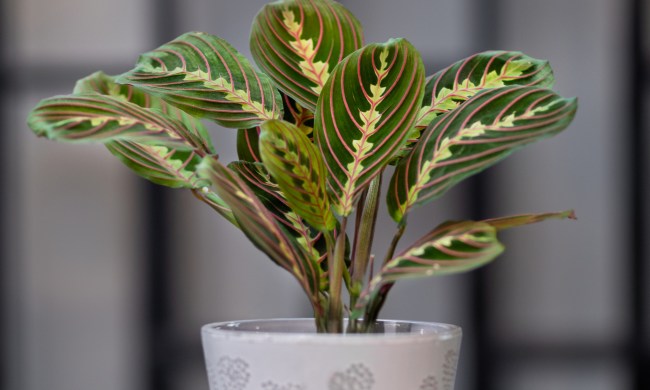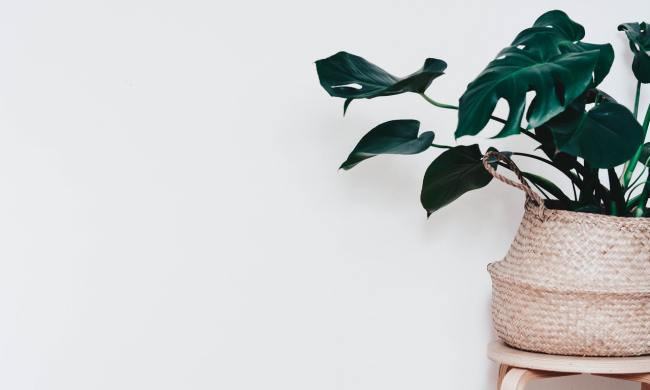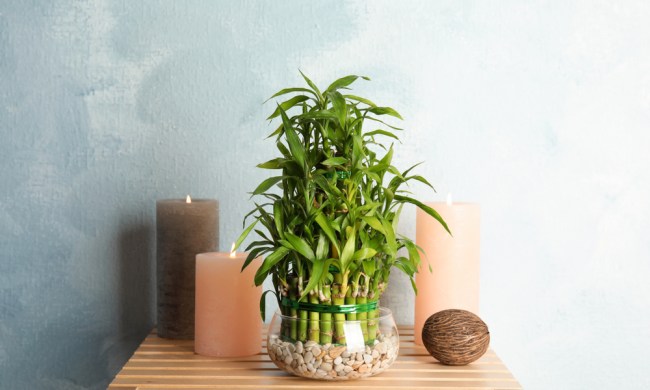Exotic bromeliad plants have an unusual texture and vibrant colors that can brighten up any home. These plants have thick, wide leaves that form a rosette pattern and resemble swords or scoops. Bromeliad leaves can take a variety of colors, including red, orange, yellow, purple, and green, and they can also have spots, stripes, bands, and other patterns.
Although they don’t generally live long, bromeliads produce flowers near the end of their lifecycle, so when your original plant dies, you can replant the cuttings and raise another. Most importantly, bromeliads are relatively easy to grow and care for so they’re the perfect plant to add to your home, regardless of the greenness of your thumb. So how do you care for your bromeliads?
What types of bromeliads can you raise indoors?
Some bromeliad species are terrestrial and grow in soil, while others are epiphytes, or “air plants.” Epiphytic plants can attach to vertical surfaces, such as tree trunks, and get their moisture from the air, rather than soil.
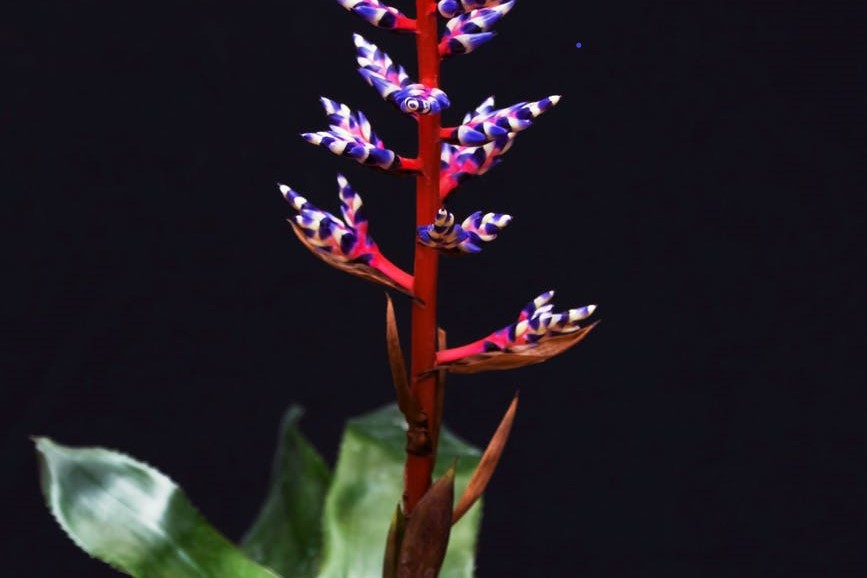
How do you care for bromeliads?
There are several species of bromeliads, and each requires specific conditions to thrive. Generally, these plants grow well in temperatures ranging from 55 to 80 degrees Fahrenheit, although they can survive more extreme temperatures at both ends of the spectrum. While there are some general principles that apply to all bromeliads, it’s always best to research your species to ensure you can cater to its particular needs in terms of food, water, humidity level, and temperature.
Pots, soil, and fertilizer
If you choose an epiphytic species, you can grow them in pots or tie or glue them to surfaces such as logs or boards and grow them aerially.
If you raise bromeliads in containers, be sure they’re inside of small pots that drain well. Bromeliads don’t have a large root system, so if they live in large pots with poor drainage, the plants can rot.
Use potting soil that holds moisture well but also drains well, like a mixture of two parts peat-based soil and one-third sand. Other options include orchid mix, charcoal, and soilless potting mix.
During the growing season, experts recommend feeding your bromeliad plants with a diluted liquid fertilizer every two to four weeks or using a pellet fertilizer once per growing season. If you have mature bromeliad plants, don’t fertilize them during the winter or when the plants are flowering.
Sunlight and moisture
Bromeliads generally need medium to bright sunlight, but be sure to research your species to find out how much sunlight it requires.
For moisture, pour a small amount of water onto the soil or into the cups in the centers of the rosettes once a week during the growing season. These cups don’t need to be filled unless the plant is exposed to intense sunlight and high temperatures, so you can cut back on watering during the winter.
If you give the plants too much water, they can rot, and standing water can collect salt buildup and other debris that attracts insects. To prevent overwatering, pour out the excess once a week. If you grow bromeliads as epiphytes, they will need a good watering every day.
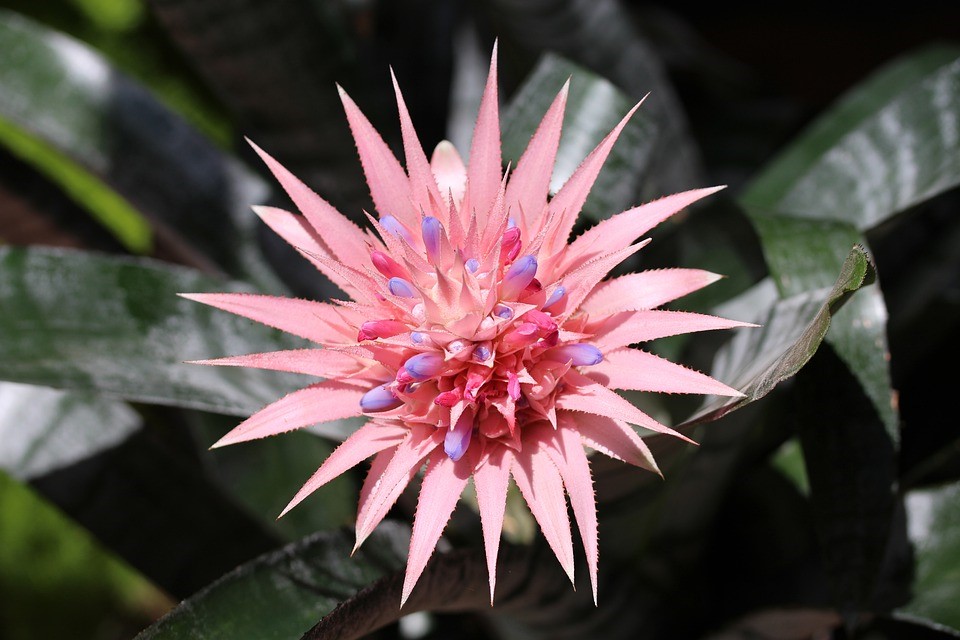
How can you deal with common problems?
Sunlight issues: If your bromeliads have yellowish leaves, that can indicate that they’re getting too much sunlight. If the plants are dark green or have elongated leaves, that means they’re not getting enough sunlight to thrive.
Water issues: To provide this plant with additional water, don’t submerge the roots as that can lead to plant rot. Instead, pour some gravel and water into a saucer and place the pot on top to increase the amount of humidity in the air.
Pest issues: Pests generally aren’t a problem with these blooms, but if you have run into an issue with mealybugs or aphids, mix together water and a little dish soap and spray it on the plants. You can also eradicate scale bugs with rubbing alcohol and a cotton swab.
How can you raise new bromeliads?
Bromeliads grow relatively slowly. In fact, it can take up to three years for them to mature and produce flowers.
When a flower dies, the plant will also begin to die. Before that occurs, the parent plant will produce one or more pups, or new plants, at its base. To regrow your plants for the coming year, use sterile scissors to cut off the pups and plant each one in its own container. Don’t cut the pups that have developed roots and formed cups in the center. Care for the pups the same way you would care for adult plants, and you’ll be left with mature, flowering bromeliads in no time.

